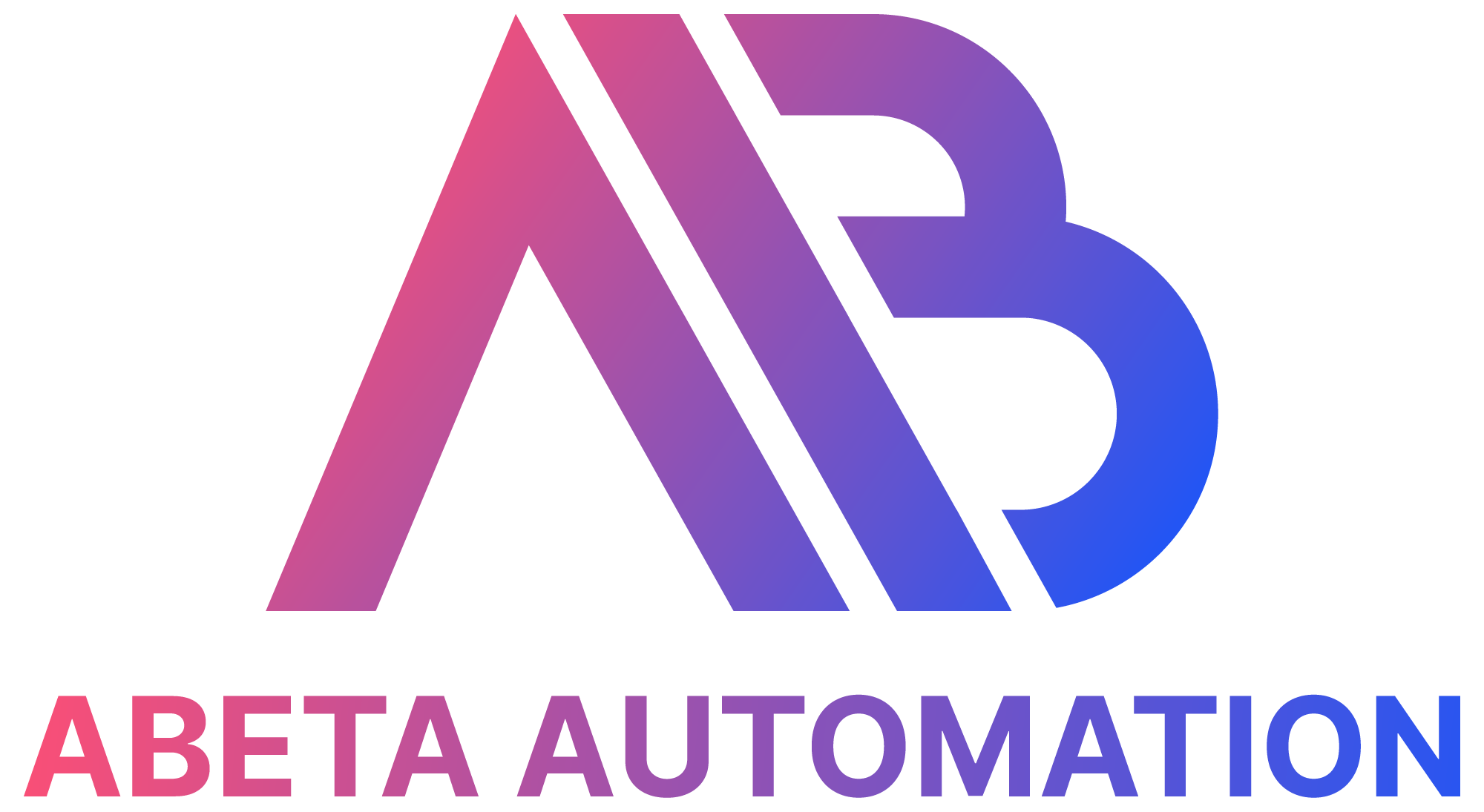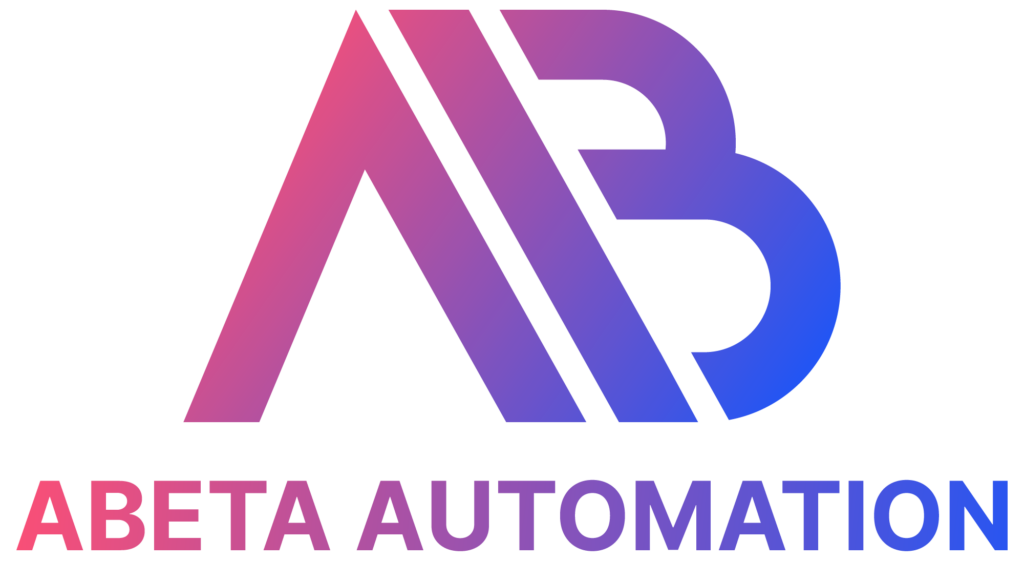Remember the last time you chatted with a customer service AI chatbot that actually solved your problem? Or when you received a text or email from your bank flagging a suspicious transaction before you checked your bank statements? That’s AI in action—quietly reshaping how industries operate. While some sectors are sprinting ahead with AI, others are taking precautions when it comes to AI in the workplace. In this article, we will explore how AI agents are transforming business workflows, why your industry may be lagging compared to others, and what you can do to stay ahead. We will also look at:
- Why industries like tech and e-commerce are AI’s “early adopters” while others lag behind
- Real-life of AI success stories
- How your business can cut through the hype and implement AI strategically
Introduction: AI Isn’t Coming—It’s Already Here!
Picture a hospital in Geneva using generative AI to diagnose rare diseases faster than seasoned specialists. Or a UK retail chain predicting holiday inventory needs down to the last stock. Or even a farmer in Kenya receiving real-time weather focus via chatbot on this phone. This isn’t a sci-fi movie – this is already the reality in 2025!
The buzz this year are around AI agents, describing them as digital workers capable of learning and acting autonomously. AI agents are no longer confined to tech labs but will be readily available to the masses. They’re answering calls, optimizing supply chains, and even drafting legal contracts. But AI adoption is not prevalent in all industries. While your Uber Eats delivery guy might be routed by AI voice assistant, your local DMV probably still runs on paper forms and chops.
Why Some Industries are All-In on AI While Others are not
- Regulatory Confidence: Walking the Compliance Tightrope
Tech’s Wild West vs. Healthcare’s Minefield
Take AI in the insurance industry for example. When the AI-driven Insurtech startup Lemonade reduced claim processing times from days to seconds, both customers and investors were ecstatic. But behind the scenes was a legal landmine. Training AI models on patient data isn’t like teaching a chatbot cat memes. One GDPR slip-up could mean millions in fines.”
Real Life Cases
- Healthcare’s AI Baby Steps: The Mayo Clinic recently rolled out an AI scheduler that reduced no-show appointments by 23%. But every algorithm undergoes 6+ months of ethics reviews.
- Finance’s Balancing Act: JPMorgan’s COiN platform reviews 12,000 annual contracts in seconds—but only after lawyers vetted its decisions against OFAC sanctions lists.
Takeaways:
Industries with clear rules (e.g., telecoms, logistics) can deploy AI solutions faster. Those handling sensitive data (healthcare, banking) move slower but reap long-term trust dividends.
- The ROI Puzzle: When Does AI Pay Off?
Banking’s Jackpot vs. Education’s Squeeze
A Wells Fargo executive has stated that an AI fraud detection system paid for itself in 90 days saving its clients millions of dollars. Contrast that with public schools, where a chatbot tutor might save $5 per student—but cost over half a million to develop.
Real Life Cases
- Retail’s Win: Stitch Fix’s AI stylists analyze 85 data points per customer, boosting sales by over 25%.
- Manufacturing’s Hurdle: An AI rollout to a factory may require retraining 50% of workers—a cost many small shops can’t afford.
Takeaways:
Start small and refine. A brick-and-mortar flower shop in New York has started using ChatGPT for 3 months to take its orders and saw an engagement jump of 40%—just for the price of $20/month. No fancy PhD required.
- Culture Clashes: Legacy Systems vs. Digital Natives
When Your Team Prefers Faxes Over Bots
Imagine convincing a 60-year-old warehouse manager that robots won’t replace his job? Good luck! Resistance in the work culture is one of AI’s silent killers.
Real Life Cases
- A Consultant’s Edge: Accenture uses the metaverse for immersive virtual onboarding. New hires interact with team members’ avatars in a virtual workplace setting.
- Government Gridlock: The IRS still processes 14% of returns manually. Why? 70% of their software is older than TikTok.
Takeaways:
Getting alignment from employees are crucial to the success of AI implementation and usage. Business executives will need to carefully plan for the future of AI in the workplace where employees do not feel threatened to have their jobs replaced.
Healthcare: More Than Just Robot Surgeons
Beyond the Hype
At Boston’s Brigham Hospital, an AI assistant named “MediMatch” does the grunt work of young researchers by cross-referencing to over 10,000 research papers to suggest treatments. “It’s like having 100 residents working around the clock,” says one oncologist at the hospital.
But Wait—There is Drama:
In 2023, an ER chatbot incorrectly recommended a patient to “take a nap” during a heart attack. So, lesson to be learned here is that we will need humans in the loop when using AI.
Retail: The Rise of the Machines (Counting down to the launch of Skynet?)
Creepy or Cool?
Nordstrom’s AI mirrors suggest outfits based on your Pinterest pins. “It’s like my personalized stylist on screen,” as one customer stated.
Real Life Cases
- Inventory uses AI predicts to predict hot selling items with more than 95% accuracy.
- Chatbots handle over 70% of all online returns, freeing human staff for complex tasks.
Agriculture: AI Gets “Down and Dirty”
From Satellites to Soil
John Deere’s AI tractors plant seeds at just the right depths using real-time soil data. “It’s cut our expenses and water use by 30%,” says one Iowa farmer.
Takeaways:
- With the use of computer vision, AI is able to detect the presence of pests and diseases with over 90% accuracy.
- It can also identify insects like flies, bees, moths, etc with the same degree of accuracy.
So What Can You Do Now: The AI Playbook
Step 1: Start to Audit Your Pain Points
Think about all the mundane and routine tasks which you wish can be automated.
Step 2: Experiment and Pilot
Test out some AI automation tools for non-critical tasks which are easy to use first. Once you get a feel for these tools, try to experiment with more advanced models like AI chatbots or AI voice agents.
Step 3: Training and Development
For your business to thrive on AI, your employees will need to know how to use it (and feel safe using it).
Step 4: Safety Review
Create an AI working group in your company. This small team can identify any privacy risks or concerns which may impact your business.
The Future of AI in the Workplace: A Companion, Not Competitor
Yes, we all know that AI will eliminate some jobs (i.e. data entry clerks). But it’s also creating new roles like AI Compliance Specialists, Empathy Trainers for bots, Sentiment Analyzer, etc. So, who will be the winners? Those who integrate AI with human creativity!
Final Thoughts
As Netflix’s recommendation algorithm proves, the best AI feels invisible. Your goal isn’t to shout “Look, we’re using AI!” but to create seamless experiences that leave customers thinking, “Wow, they get me.”





Interesting to see what big tech will roll out this year on agents
Great post, looking forward to agents in 2025!